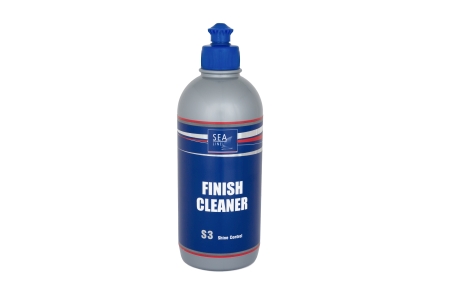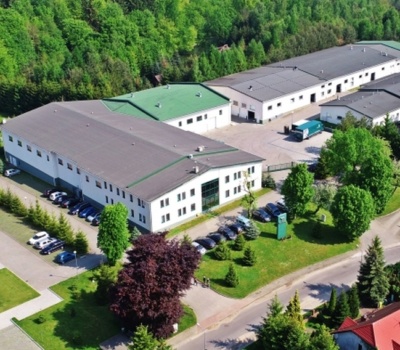Analyzing the most common use of S3 liquid so far we have come to the conclusion that our customers use it primarily to clean the surface after polishing, and for protection is preferable to use wax S4.
We concluded to modified S3 liquid to meet the needs of our customers and produced the next generation S3 FINISH CLEANER product.
Does not contain silicone, teflon and fillers. Used together with other Sea-Line polishing materials, gives excellent results on gelcoats and lacquered surfaces.
More information : S3 Finish Cleaner


We are expanding our offer by introducing two new products that will provide boat enthusiasts

Come and join us at METSTRADE 2023, METSTRADE the best event for marine industry professionals,

Visit us and our production plant without traveling

New in the 2023 season is a new polishing wool The new black and white
Do not add more hardener, because after the base has cured, the remaining hardener will react with subsequent layers, which will be applied to the surface and cause defects. For the product to work properly, please follow the proportions given by the manufacturer.